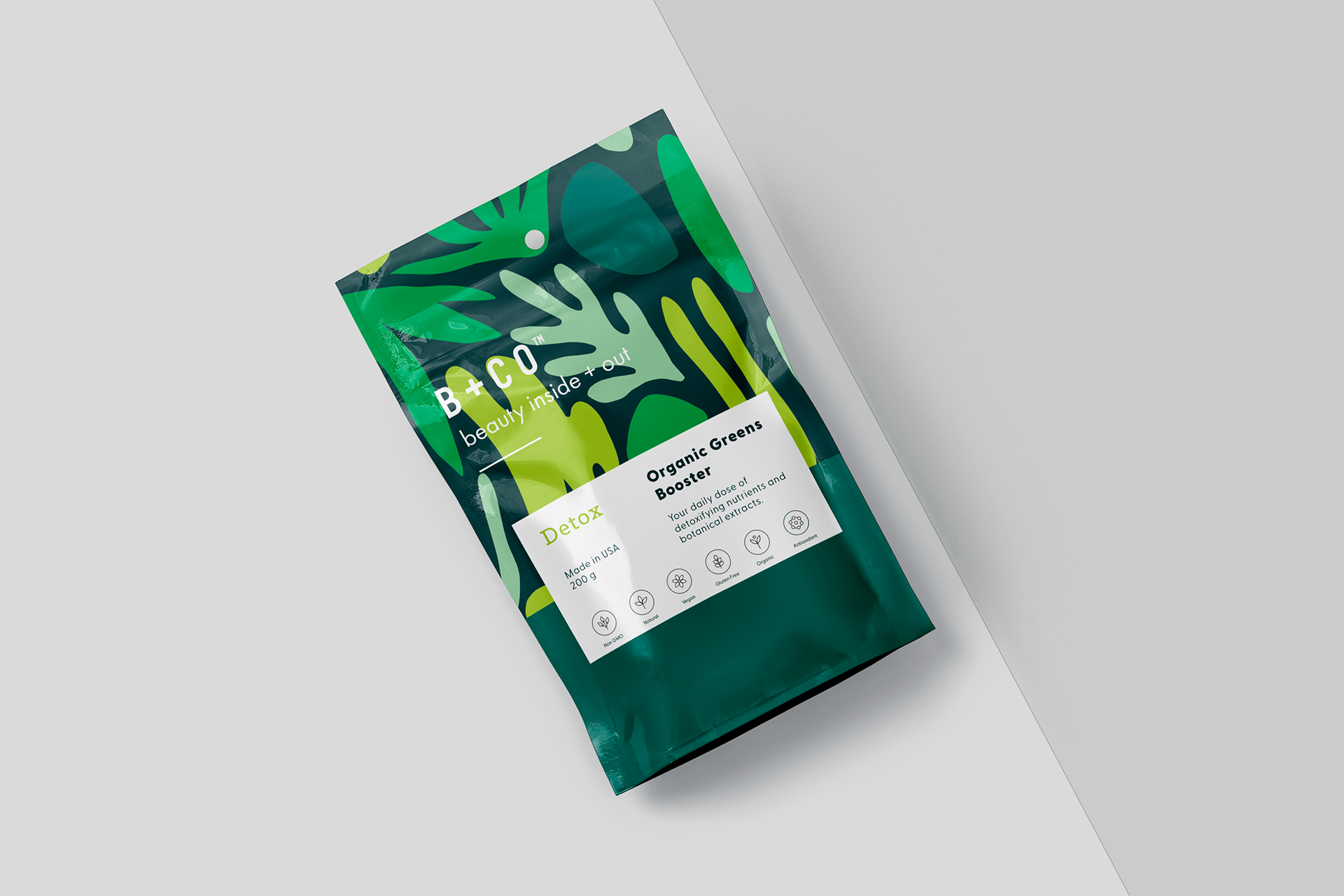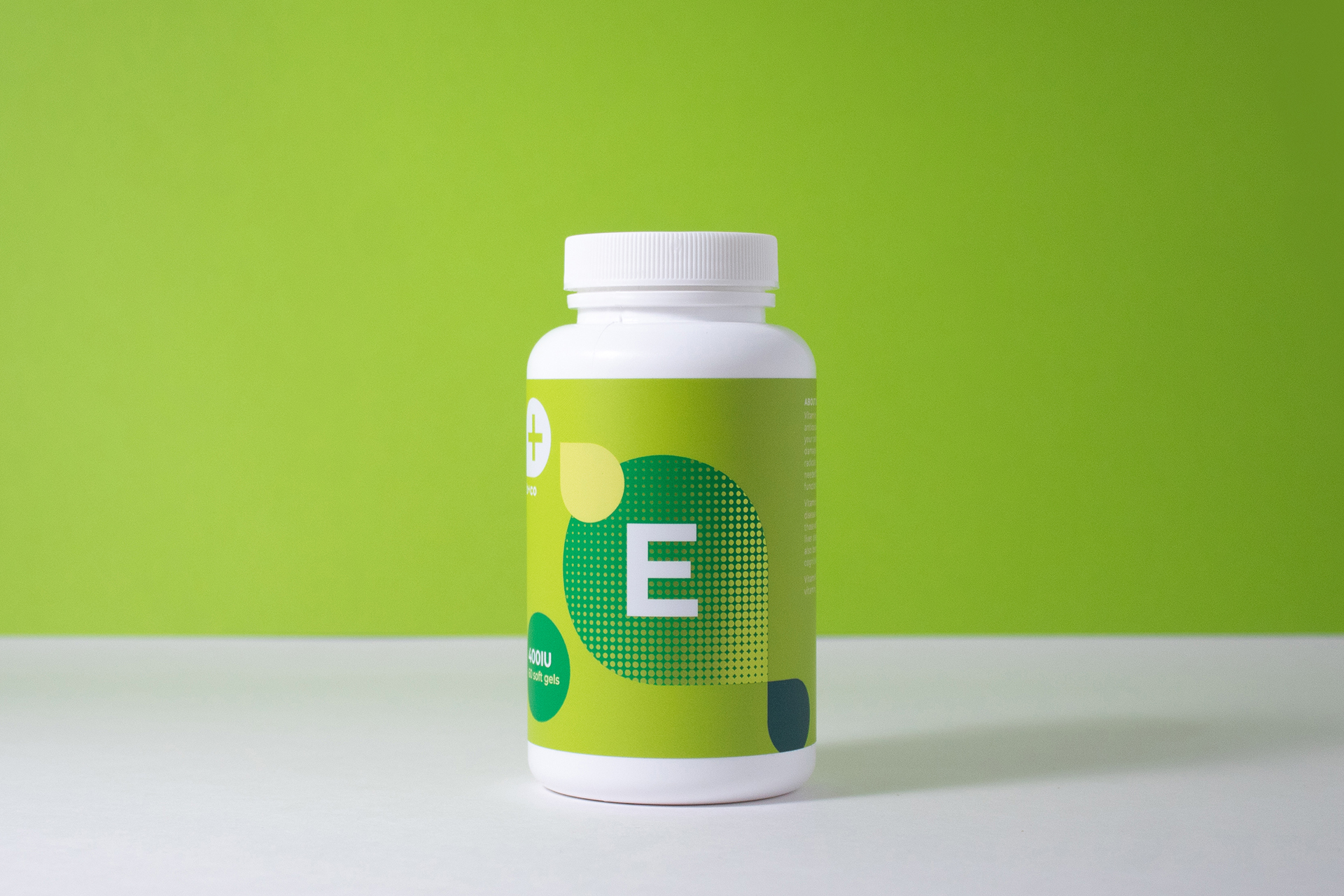Voluntary statements to consider
Does the product have specific directions for use?
Should your product be taken with food or on an empty stomach for best absorption? Should your product be mixed with water, milk, or juice? If so, what is the recommended volume of that liquid? Should your product be taken in the morning or at night?
If your product has usage requirements for it to be most effective, it is important to communicate these to the consumer. Not only does it ensure the consumer has the best possible experience with the supplement, but it also increases the safe use of your product.
Does the product have specific storage conditions?
At what temperature should the product be stored? Should it be kept in a cool, dry location? Will exposure to sunlight degrade your supplement?
Environmental factors can affect the nutritional value and integrity of your product. Even if you have designed your packaging to keep moisture, odors, and pests out, it is still important to advise buyers of the recommended storage conditions. Including this information helps the consumer get the most out of the product and reduces waste.
What is the product’s “expiration” date?
Most supplements do not “expire” – meaning they do not become dangerous to consume after a certain point post-manufacture. However, they do eventually lose potency. Ingredients break down over time and, as a result, become less effective. Having a “use by” or “best by” date on the packaging helps educate the consumer on how long the product will have top efficacy.
Would it be beneficial to include any general warning statements?
Are you marketing a product that could be harmful to children? Is it recommended that pregnant or nursing women avoid certain ingredients in your supplement? Is there a potential risk of adverse reactions or negative interactions with specific medications?
While the FDA mandates that a supplement containing substances such as iron, protein, or psyllium must have a visible and specifically worded warning statement on the packaging. However, most substances do not have legal requirements to include a disclaimer. If your product poses a risk in any way, consider including such a statement to help mitigate this risk. This promotes brand integrity and transparency. An example of a voluntary warning statement is:
WARNING: Consult your physician prior to use of this product if you are: under 18 years of age; pregnant; nursing; trying to become pregnant; taking medication; or have an existing medical condition. KEEP OUT OF REACH OF CHILDREN
Struggling to fit all your information on the label?
There is only so much real estate on a product label. Including voluntary statements could leave you questioning how to communicate this valuable information to the consumer with limited space. QR codes or extended content labels are two great solutions to this dilemma.
Using QR codes
For example, by choosing to publish voluntary product statements on a webpage rather than the physical packaging, you can share unlimited digital information with the consumer. You can also go beyond just printed content – you can utilize videos and audio to create additional sensory engagement that would otherwise be impossible in traditional retail settings.
However, placing the additional information online means consumers will need a URL to access the content. By embedding the destination URL in a QR code, access errors, such as misspellings, are removed. QR codes also reduce the number of steps and effort needed to view the information. Most smartphone cameras can recognize and scan a QR code – making it easy and quick for a consumer to access the information.
Get extra real estate with ECLs
Brands that want to include all voluntary statements directly on the physical product should consider extended content labels (ECLs) as a solution. ECLs boost the functionality of your original packaging, providing extra space for all required copy without compromising the existing design of the product label. An ECL is usually constructed of a pressure sensitive substrate in multi-ply or booklet form and placed on the back of the packaging to avoid interfering with the marketing initiatives of the product.
An additional benefit of an ECL is the opportunity to utilize the extra space for multilingual instructions and information. Some areas have more than one dominant language, making ECLs an attractive option for communicating all product information to your potential consumer. Also, if you plan to sell your product in more than one geographical market, using an ECL helps avoid printing labels for each location.


